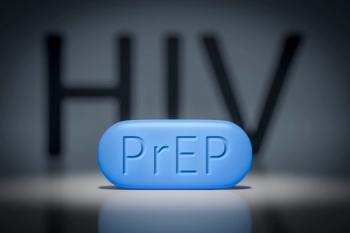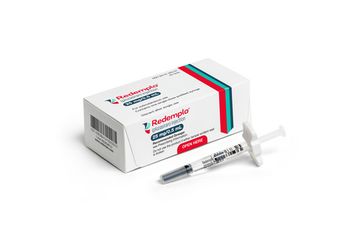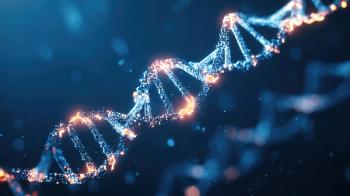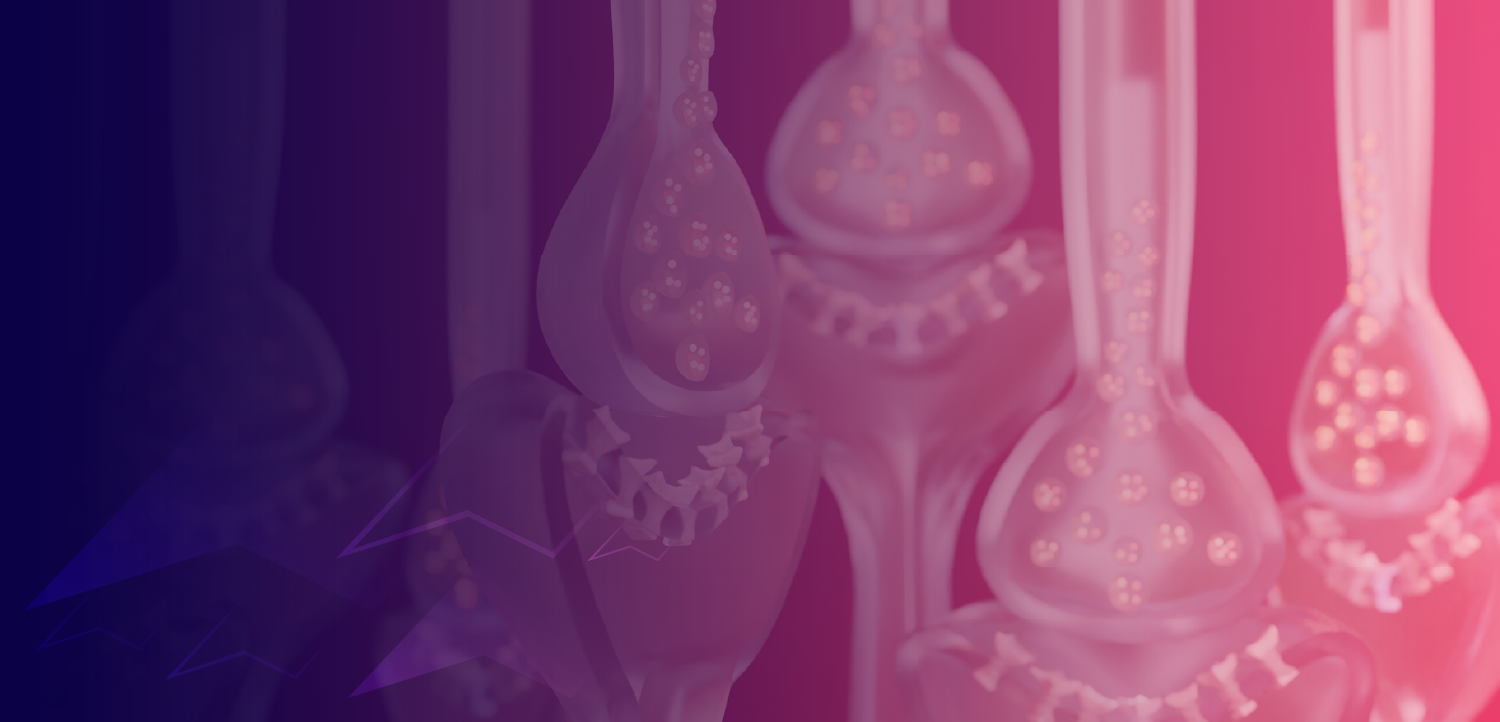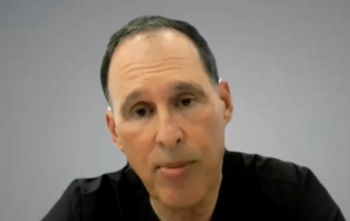
A Conversation With Amir Ardeshir, Ph.D., DVM, Associate Professor of Microbiology and Immunology at Tulane University
HIV-fighting antibodies produced in infant macaques in a preclinical trial could be the future of HIV prevention in humans, according to Amir Ardeshir, Ph.D., DVM, Associate Professor of Microbiology and Immunology at Tulane University.
A single gene therapy injection given at birth could provide years of HIV protection, according to new preclinical research results published in Nature.
In the trial, called ‘
The treatment was delivered to muscle cells using a harmless adeno-associated virus (AAV). The genetic code within the treatment instructs the muscle cells to produce broadly neutralizing antibodies, which can tackle multiple HIV strains. Human clinical trials are already in development.
Lead author Amir Ardeshir, Ph.D., DVM, associate professor of microbiology and immunology at Tulane University, recently sat down with Managed Healthcare Executive to discuss what these findings may mean for HIV prevention long term.
This interview has been edited for length and clarity.
How does being born with HIV affect a child’s future, specifically in sub-Saharan Africa?
A baby born with HIV today in sub-Saharan Africa requires a lifetime of daily treatment that most simply won't receive. You're talking about regions where families travel hours to reach a clinic. When there are drug stock-outs, adherence drops below 50% within months. These children face a shortened lifespan, educational barriers and lifetime stigma.
What do current treatment plans look like for a child with HIV? Are there adherence and access issues?
While we have reduced the prenatal infection rate by over 60% since 2010, approximately 120,000 children still acquire HIV each year. Just over half of HIV-positive children globally receive any treatment, and less than half of all children with HIV achieve viral suppression.
Current pediatric HIV treatment is weight-based, has limited formulations and requires perfect daily adherence, which is impossible in settings where families travel hours to receive care.
Early surveys show caregivers strongly prefer a one-time intervention over daily pediatric medications, which tells us we are solving the right problem
What is this injection, and how does it work?
We are using an antibody called 3BNC117 that covers multiple HIV strains.
We discovered newborns have a unique window where their immune system is learning what belongs in the body. When we deliver our gene therapy during this window, we essentially turn a small number of muscle cells into tiny bioreactors, if you will, that continuously produce protective antibodies. The muscle cells keep producing antibodies for over three years without any boosting needed.
In our study, nearly 90% of newborn rhesus macaques maintained this production versus only about a third of older animals.
In the study, the injections were given to non-human primates. How close do you think you are to human trials?
Human clinical trials are already in development.
The primate model we use is the gold standard for HIV research; it’s how the field has validated every major HIV intervention over the past few decades. Infant monkeys share our immune systems and development patterns, allowing us to perfect these treatments before they reach the clinic.
Since rhesus macaques age faster than humans, three-year protection could translate to an even longer duration in children.
Our immediate priority is optimizing the dose for human infants, and infants need much smaller doses than adults, which works in our favor.
The Gates Foundation truly wants to see approaches like ours go to the market while USAID pulls back. The urgency is real. Just over half of HIV-positive children receive treatment globally, and every month we delay, another 10,000 babies acquire HIV.
How could this injection change the HIV treatment landscape?
This injection transforms pediatric HIV from a life sentence to a preventable disease. You're talking about replacing years of daily medication with a single injection that provides protection through the highest risk period and beyond—one shot at birth instead of thousands of pills over childhood.
But let's address the elephant in the room, the cost. Yes, the current gene therapies are expensive, but people said the same thing about antiretroviral drugs in the 1990s, and look where we are now.
What works in our favor is that this product can be stored for weeks in a regular refrigerator or months in a standard freezer. So, practical storage and one-time delivery are what make this implementable.
In a recent news release, you said that “now we have all the ingredients to take on HIV.” Can you elaborate on this?
For 30 years, scientists kept asking, ‘how do we overcome immune rejection?’
We asked a different question—‘When doesn't rejection naturally happen?’ That is what led us to newborns. Now we have all the pieces. First, we know the biological window when the immune system is most receptive. Second, we know the delivery system that turns muscle cells into antibody factories. Third, we know about the antibodies themselves, the broadly neutralizing antibodies that cover multiple HIV strains. Fourth, we have the proof of protection lasting over three years from a single shot. We also showed we can extend this window through maternal exposure, opening possibilities for older infants as well.
Some people dream of curing HIV. We dream of making pediatric HIV prevention as routine as other vaccines given at birth.
With funding cuts threatening nearly 900,000 additional infections by 2030, the timing couldn't be more critical.
Newsletter
Get the latest industry news, event updates, and more from Managed healthcare Executive.


